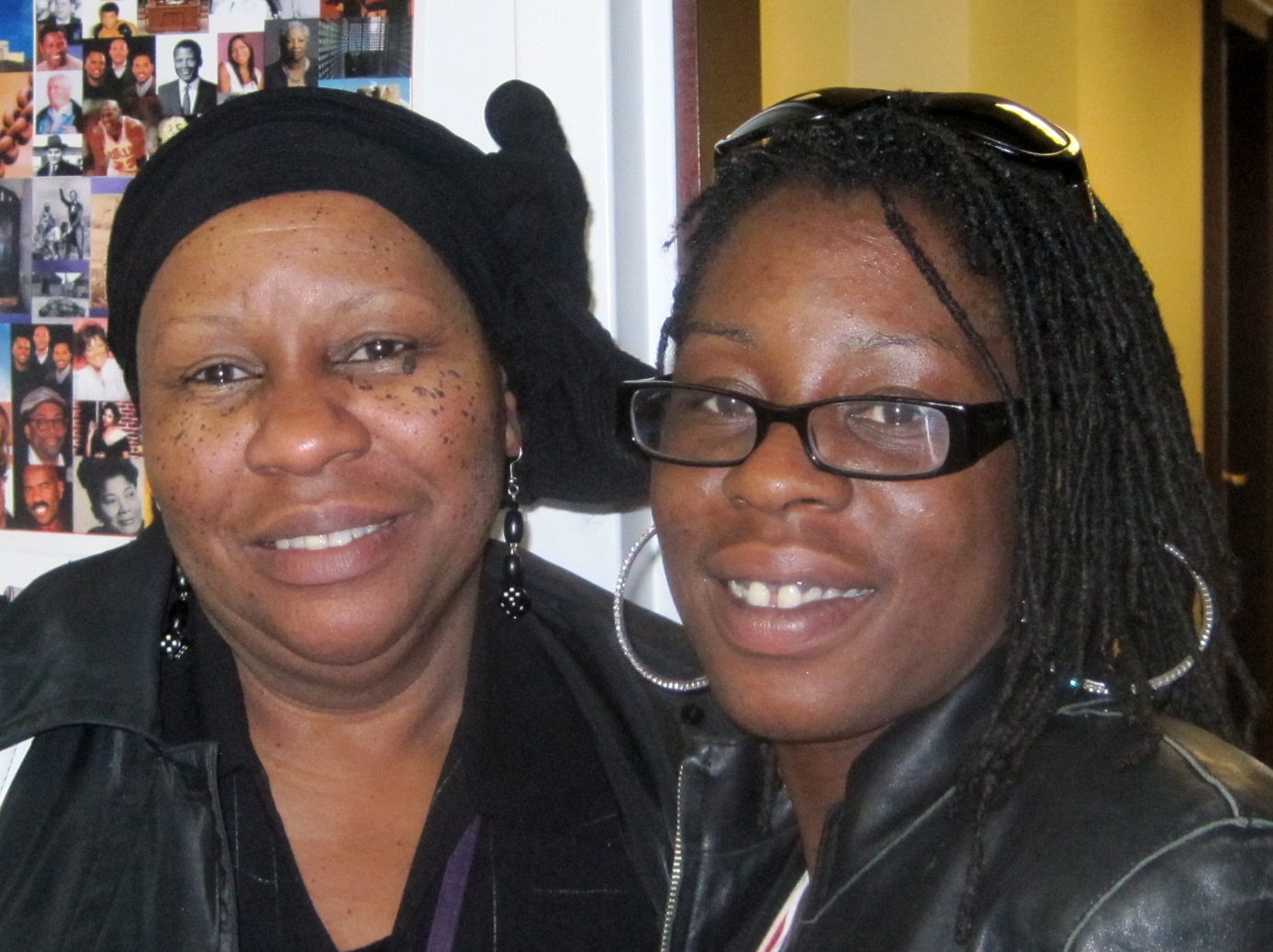Paid Leave Matters but Program Needs Greater Outreach

By Karen White and Dana Britton, Center for Women and Work, Rutgers University
 Permelia Toney-Boss, a New Jersey mother and unit coordinator at a university maintenance facility, knows firsthand the benefits that the state’s Family Leave Insurance (FLI) provides. Her daughter, Tahearra, was able use FLI to care for her mother while she recovered from surgery in 2009.
Permelia Toney-Boss, a New Jersey mother and unit coordinator at a university maintenance facility, knows firsthand the benefits that the state’s Family Leave Insurance (FLI) provides. Her daughter, Tahearra, was able use FLI to care for her mother while she recovered from surgery in 2009.
“It just eased my mind and it was less stressful than jumping up and going to work and still having to take care of my family,” said Tahearra, a provider files analyst at an insurance company. “It made it a lot easier, stress free basically.” And for Permilia, “having someone who cares about taking care of you — it makes all the difference in the world. I think it helped me recover faster.”
Yet New Jersey is only the second state in the nation to have a family leave insurance program where workers pay small amounts into a fund and can draw partial wages when they need time to care for a sick family member or bond with a new child.
New Jersey FLI program began disbursing benefits to working families in July 2009. Now, three years after implementation, over 100,000 claims have been approved. The majority of these are for bonding with a new child (80.1%); the remaining claims (19.9%) are for leave to care for a seriously ill family member.
Our recently released report, Policy in Action: New Jersey’s Family Leave Insurance Program at Age Three, tracks the successes of New Jersey’s FLI program and highlights some the challenges that remain. One of the key barriers is simply awareness. We found that fewer than four of ten of the state’s residents know that the program exists. Still more are not aware of the full range of its provisions; most commonly, many believe leave is possible only to care for a new child.
If more New Jerseyans were aware of the program, we found strong evidence that utilization would increase. Residents across all categories of gender, race/ethnicity, age, marital status, union affiliation, employment status, and income support paid family leave insurance.
Moreover, the need for leave is high. One in every five adults indicated having taken some form of family leave in the past three years, and one in every eight adults indicated having seriously considered but not taken such a leave. Among those who do not take leave, the main reason was the potential loss of income. Unfortunately, those most likely to report a need for family leave – residents who earn the least and have the lowest levels of education – are also among those least likely to know about FLI.
The upcoming week marks the 20th anniversary of the federal Family and Medical Leave Act (FMLA), which provides unpaid job-protected leave to about half of all those who need time to care for their own illness or for a sick family member, or to bond with a new child. While FMLA was a positive step forward and is worthy of celebration, it is not enough. There is much more that we can do to help make sure family members like Tahearra aren’t kept from caring for a loved one.
In moving forward, we need to improve awareness of existing programs and expand discussion of what is possible both at state and federal levels. Everyone should have access to paid leave for caregiving needs. New Jersey’s FLI offers an important model for making this possible.